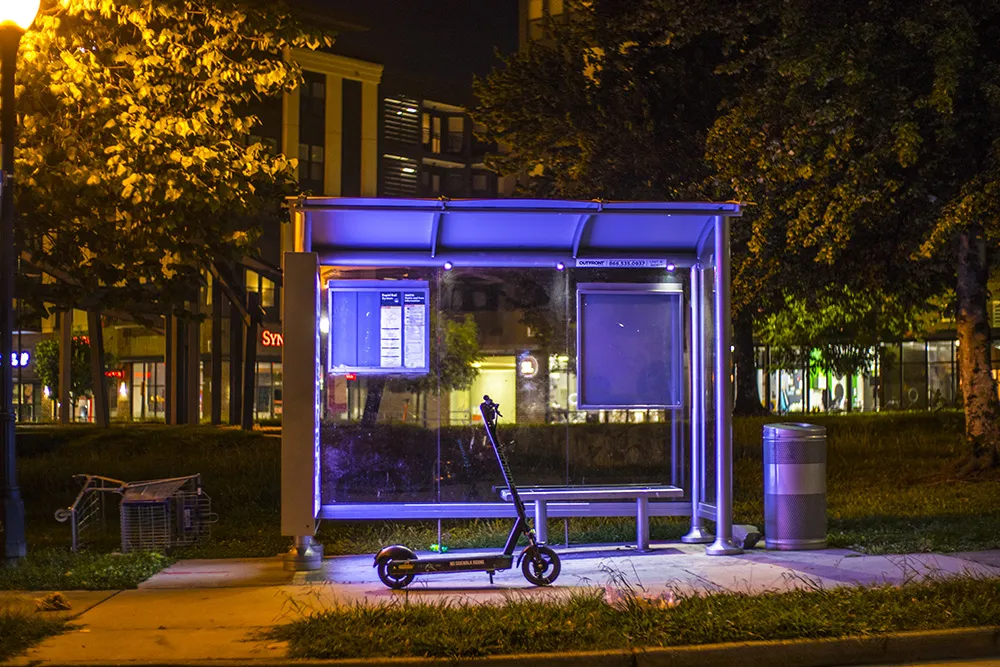Rail technology company Bombardier Transportation has successfully completed a 41.6 km catenary-free test run using a Bombardier-built tram, powered entirely by its Primove battery in combination with Bombardier Mitrac. The test run was conducted in the German city of Mannheim on the Rhein-Neckar-Verkehr (RNV) network.
RNV began using SuperCaps energy storage systems in 2009 and has integrated this technology into 30 of their trams. This provided sufficient energy for short CFO distances. However, the l
November 5, 2015
Read time: 2 mins
Rail technology company 513 Bombardier Transportation has successfully completed a 41.6 km catenary-free test run using a Bombardier-built tram, powered entirely by its Primove battery in combination with Bombardier Mitrac. The test run was conducted in the German city of Mannheim on the Rhein-Neckar-Verkehr (RNV) network.
RNV began using SuperCaps energy storage systems in 2009 and has integrated this technology into 30 of their trams. This provided sufficient energy for short CFO distances. However, the latest generation of Bombardier's Primove battery system has been specifically developed for use with CFO where greater distances need to be covered.
The Primove battery and Mitrac propulsion equipment combination has been in successful revenue service on the Hexi line in Nanjing, China since August 2014. Six trams operate without overhead cables on 90 per cent of the lines. The batteries are charged seamlessly during passenger service via the pantograph, statically at tram stops, and dynamically during acceleration. On this demanding route, the CFO propulsion system has proven its suitability for almost any tram line worldwide.
RNV began using SuperCaps energy storage systems in 2009 and has integrated this technology into 30 of their trams. This provided sufficient energy for short CFO distances. However, the latest generation of Bombardier's Primove battery system has been specifically developed for use with CFO where greater distances need to be covered.
The Primove battery and Mitrac propulsion equipment combination has been in successful revenue service on the Hexi line in Nanjing, China since August 2014. Six trams operate without overhead cables on 90 per cent of the lines. The batteries are charged seamlessly during passenger service via the pantograph, statically at tram stops, and dynamically during acceleration. On this demanding route, the CFO propulsion system has proven its suitability for almost any tram line worldwide.









